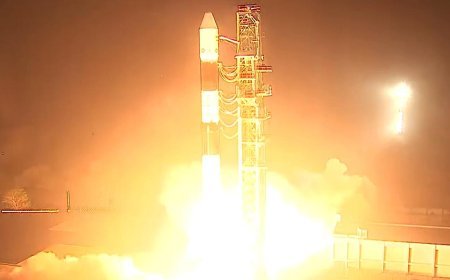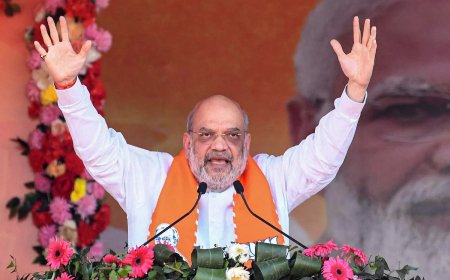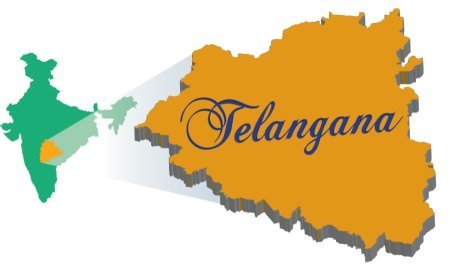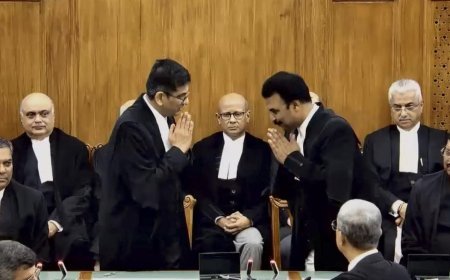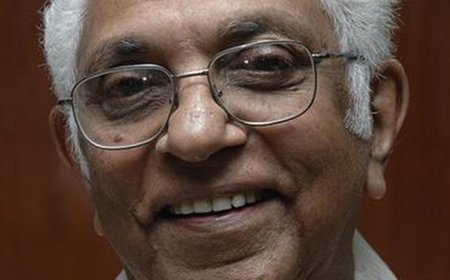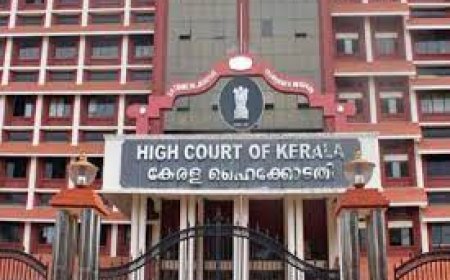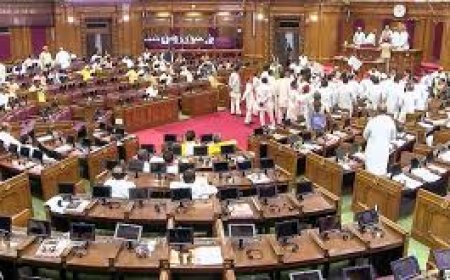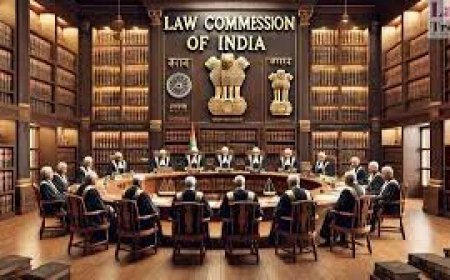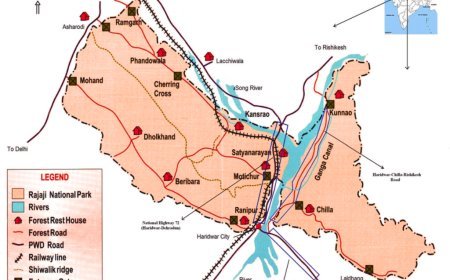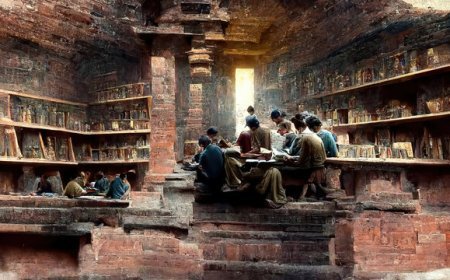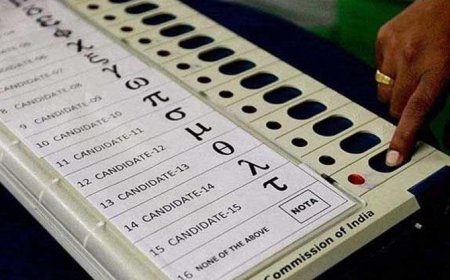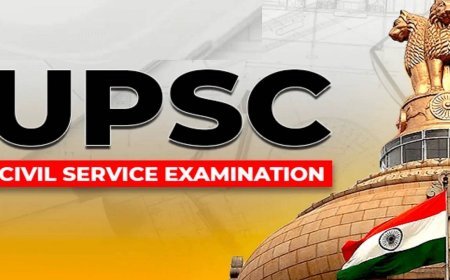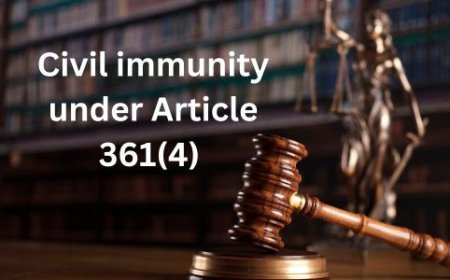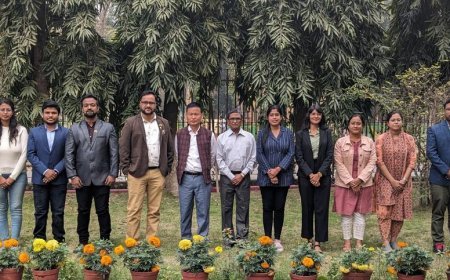Supreme Court Verdict on States' Power to Tax Mining Activities: Key Issues and Opinions

Supreme Court Verdict on States' Power to Tax Mining Activities: Key Issues and Opinions
Background of the Case The Supreme Court of India, in a landmark ruling on July 25, 2024, determined that States have the legislative authority to impose taxes on mineral activities, separate from the royalties levied by the Centre under the Mines and Minerals (Development and Regulation) Act, 1957 (1957 Act). This decision came after decades of legal proceedings and disputes over the extent of State versus Central powers in taxing mineral resources. The ruling was delivered with an overwhelming majority of 8:1, with Chief Justice D.Y. Chandrachud authoring the majority opinion and Justice B.V. Nagarathna dissenting.
Key Issues Considered
1. Classification of Royalty as a Tax: The primary issue was whether the royalty paid by mining leaseholders to State governments, as mandated by the 1957 Act, should be classified as a tax. This classification would determine whether States could levy additional taxes on top of these royalties.
2. State vs. Central Authority: Another crucial question was whether the Centre, under the 1957 Act, held exclusive authority to impose charges related to mineral activities or if States retained the power to tax these activities within their jurisdictions.
Majority Opinion The majority opinion, led by Chief Justice Chandrachud, clarified that:
- Royalty is not a Tax: The Court distinguished between royalties and taxes. Royalties were defined as contractual considerations paid by the lessee to the lessor for the right to extract minerals, which can include private parties. In contrast, a tax is an imposition by a sovereign authority, determined by law, to fund public services and welfare schemes.
- States' Power to Tax: Under Entry 50 of the State List in the Constitution, States have the exclusive authority to tax mineral rights, subject to any limitations imposed by Parliament. However, the Court found that since royalties are not classified as a tax, they do not fall under "taxes on mineral rights" as defined in Entry 50. The 1957 Act was seen as providing an additional revenue source to States without interfering with their authority to levy taxes on mineral rights.
- Federalism and State Sovereignty: The majority underscored the importance of upholding the federal structure of the Constitution, allowing States to exercise their legislative competencies independently within their designated areas.
Dissenting Opinion Justice B.V. Nagarathna dissented, arguing:
- Royalties as a Tax: She considered royalties under the 1957 Act as a form of tax, essential for the development of the country's mineral resources.
- Central Authority over Mineral Development: She emphasized that the 1957 Act was designed to centralize control over mineral development, limiting States to collecting royalties while restricting them from imposing additional taxes. She cautioned that allowing States to levy extra charges could disrupt the national market for minerals, leading to uneven pricing and potential market exploitation.
Future Implications The Supreme Court is set to decide on July 31 whether the verdict will be applied retroactively or prospectively. If applied retroactively, it could provide significant financial gains for mineral-rich States like West Bengal, Odisha, and Jharkhand, which have local laws imposing additional taxes on mining activities. This decision will clarify the extent of States' powers and the financial landscape of India's mineral industry.
What's Your Reaction?













